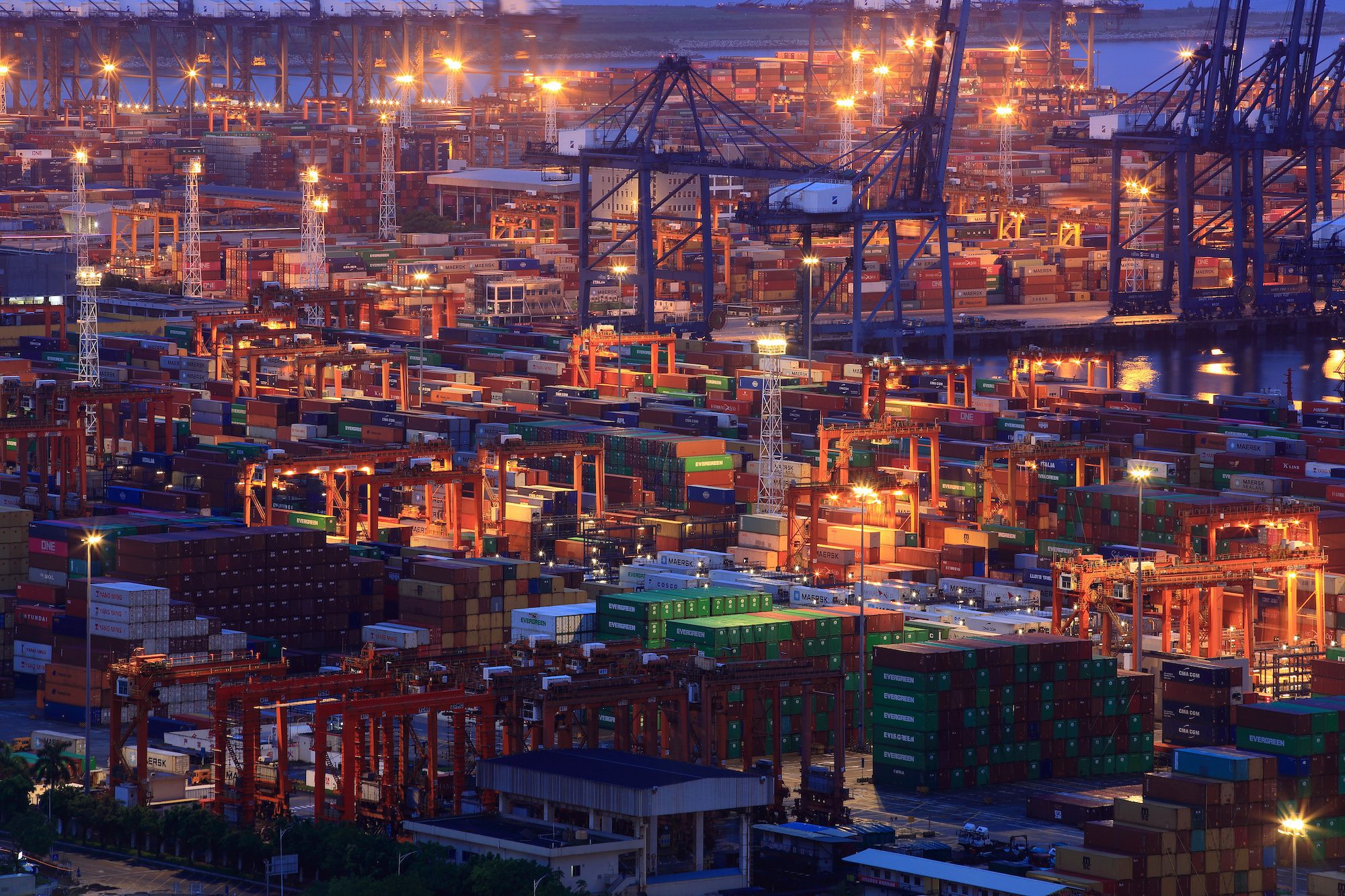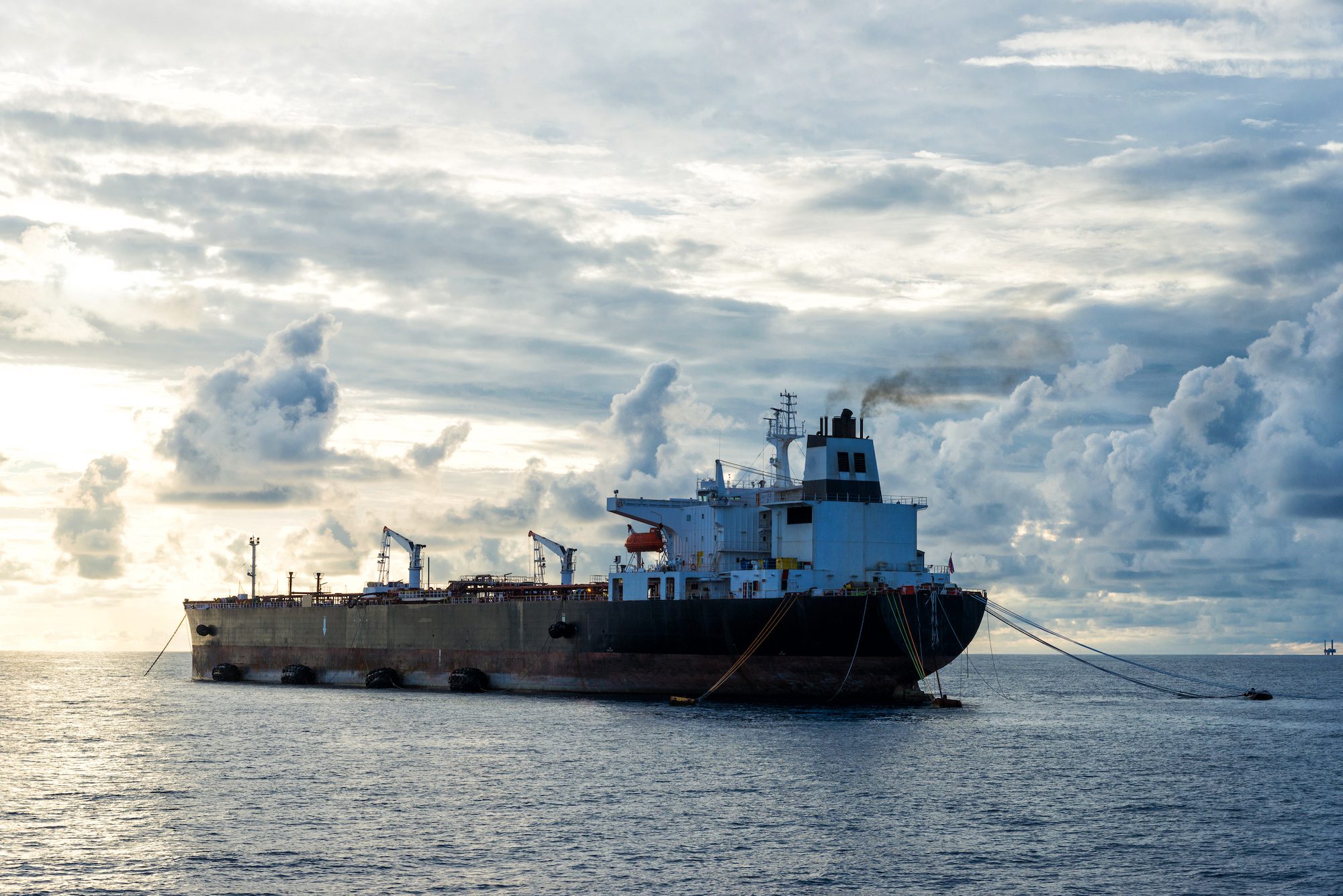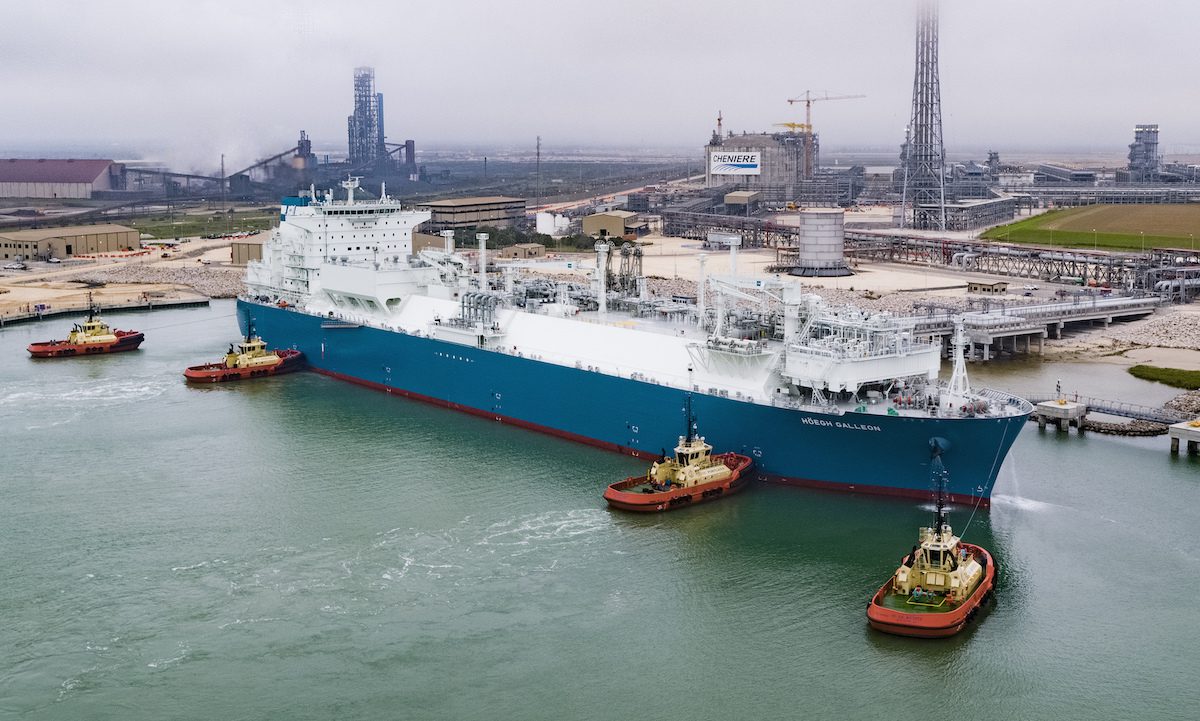By Mike Wackett (The Loadstar) –
The bleak outlook of significantly lower throughput levels for container hub ports at the outset of the pandemic has, 18 months later, transformed into an acute capacity shortage at many terminals around the world.
Ocean carriers have to juggle their networks to navigate around highly congested container ports, especially in North Europe and on the US west coast, resulting in an escalation of supply chain uncertainty.
In today’s HMM terminal status update, the South Korean carrier reports serious delays and congestion for vessel berthing and yard and gate issues at the majority of its port calls.
Similar problems are being faced by HMM’s peers: The Loadstar was told by a carrier contact last week that line schedules were a “complete mess” and at their “worst state of disruption” in recent memory.
In a classic Catch-22 scenario, carriers have been highly critical of the ports for the delays, but the ports blame the shipping lines for not meeting their berthing windows.
Nevertheless, the unexpected surge in container shipping demand in the wake of the pandemic, which has seen carriers grab every single available vessel to facilitate extra loaders, has put even more pressure on terminals and landside operations.
Drewry’s annual survey of the world’s leading terminal operators highlights the problem of port capacity struggling to catch up with demand. According to its forecast update, global container port capacity is projected to increase by an average 2.5% a year to reach 1.3bn teu in 2025.
In contrast, the consultant said, it was now expecting global demand to rise by an average of 5% a year over the same period, which would raise the average utilisation rate at terminals from 67% to over 75%.
“While 75% utilisation at a port or terminal is not sufficiently high to be of major concern, at a global level, this expectation of tightening port capacity in a market plagued by congestion, due to supply chain imbalances, is a cause for concern,” said Drewry.
It said the majority of the additional capacity would be seen at existing terminals, with new or “greenfield” projects remaining a “low priority” for most global box terminal operators.
“There are fewer greenfield automation projects in the pipeline, but retrofitting of existing terminals is on the rise,” said Drewry.
It also noted that the leading operators were increasingly embracing digitalisation, as they recognised the added speed technological investments could bring to the turnaround of boxes.
“Improving cargo flow is key,” said senior analyst, ports and terminals, Eleanor Hadland. “If, via the roll-out of blockchain-based technology, global terminal operators can achieve higher volumes over the same asset base, this will drive improved returns on investment.”
The Loadstar is known at the highest levels of logistics and supply chain management as one of the best sources of influential analysis and commentary.

 Join The Club
Join The Club











